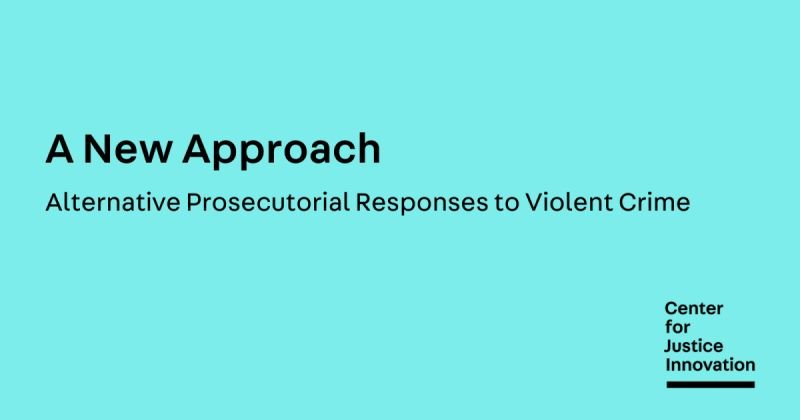By Fred Butcher, Amanda B. Cissner, and Michael Rempel
Mandatory minimum sentencing laws gained traction in the late 1970s and early 1980s amidst rising crime rates, a “tough-on-crime” push, and punitive enforcement related to the “War on Drugs.”. Under mandatory minimums, individuals receive a stipulated amount of prison time, with no accounting for the circumstances of the offense or the characteristics of the person charged. As minimums typically flow from the charge and a person’s criminal history, they confer outsized power on prosecutors; in plea negotiations, prosecutors can wield the threat of a higher charge with a minimum for someone hesitant to accept a plea. Judges also lose discretion, and defense attorneys lose opportunities to present mitigating circumstances. In 1984, the federal Sentencing Reform Act established the U.S. Sentencing Commission, requiring that federal courts impose sentences within a range specified by the Commission and eliminating parole for federal charges. Many states took their cue from federal efforts, introducing minimum sentences and restricting the ability of parole boards to reduce sentences through good-time or earned-time credits. Proponents viewed sentencing guidelines (including mandatory prison) as a limit on judicial discretion and a means to eliminate disparities in sentencing. They touted the idea of “truth in-sentencing”—giving people charged, crime survivors, and the public an accurate idea of how much time those sentenced would actually serve. Minimums also arose in response to the perception—ginned up at the time and since debunked—that the more rehabilitative approach of the 1960s had failed to tamp down crime rates and recidivism. Recent decades, however, have seen mandatory minimums fall into disrepute. Several decades of harsh sentencing policies contributed to the astronomical growth of the U.S. prison population, which peaked at 1.6 million people held on an average day in 2009, a total which omits about 750,000 additional people held in local jails that year. The rapid consolidation of mass incarceration over these decades did not increase safety; evidence points instead to a modest increase in recidivism among individuals subject to custodial sanctions. Similarly, mandatory minimums and other sentencing laws passed in the 1970s and 1980s increased (and here more than modestly) persistent racial disparities in the criminal legal system. Black Americans today continue to be disproportionately represented in prison populations and are more likely to be charged with offenses subject to mandatory minimums—leading to longer sentences—than white Americans.8 According to the most recent analysis by the U.S. Bureau of Justice Statistics, among those detained in prisons nationwide, there were nearly identical Black and white populations (34% vs. 32%). Considering their representation in the general population, Black people are imprisoned at a rate five times greater than white people. Over the past two decades, numerous states, including New York, have weakened or eliminated mandatory minimum sentencing laws.10 Many of these reforms focused on eliminating minimums that apply primarily to drug offenses. This narrow focus has neglected much of the imprisoned population, as drug offenders make up a small percentage of those in prison. In 2022, the Vera Institute of Justice estimated just over half of New York’s approximately 300,000 prison sentences were the result of mandatory minimum sentencing laws. Declaring the laws “morally and fiscally unsustainable,” the organization called for their abolition.
New York: Center for Justice Innovation. 2022, 31pg















